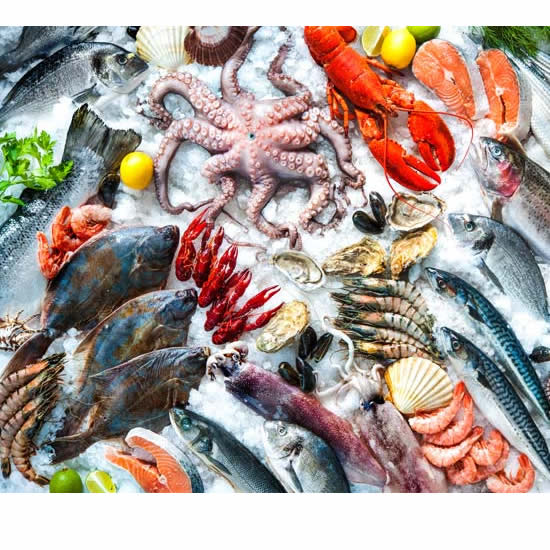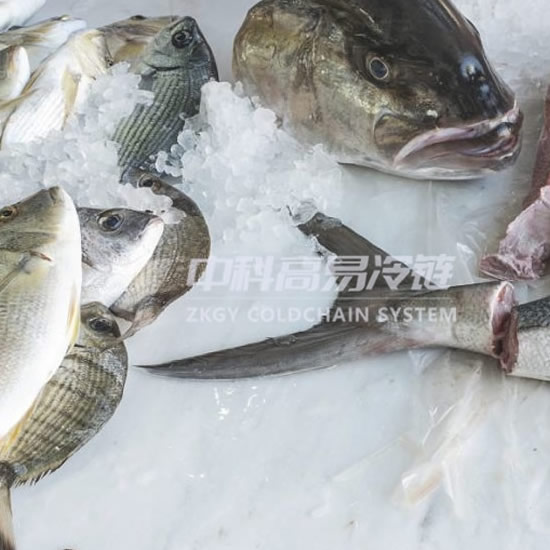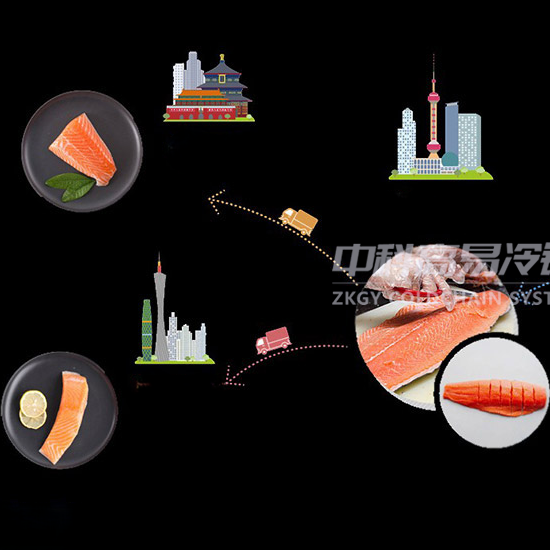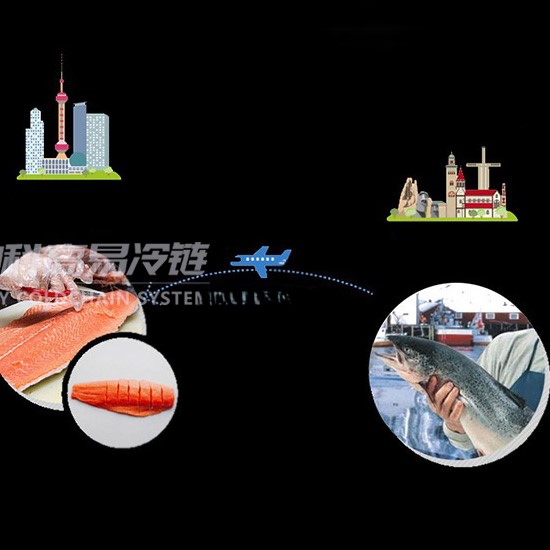- Home
- Freezer Room
- FISH STORAGE AND BLAST FREEZING
FISH STORAGE AND BLAST FREEZING
The best temperature to store your fish is -4°F (-20°C). The temperature will keep your fish preserved and suitable for consumption for a long time. It will be suitable to prepare sushi, sashimi or any other fish delicacy. However, if you buy in large quantity, the best place to save your fish is in a blast freezer. This will allow cool air to circulate the fish and keep it fresh.

Seafood needs to be stored in a suitable environment to keep their nutritious values intact. The most common seafood is fish. Apart from other methods of preserving seafood, storing in a cold room remains the best method of preservation. Blast cold rooms are more suitable for preserving seafood and other related products.
The best temperature to store your fish is -4°F (-20°C). The temperature will keep your fish preserved and suitable for consumption for a long time. It will be suitable to prepare sushi, sashimi or any other fish delicacy. However, if you buy in large quantity, the best place to save your fish is in a blast freezer. This will allow cool air to circulate the fish and keep it fresh.
Seafood cold room storage is a type of temperature-controlled storage facility that is used to store seafood products at a temperature range of 0°C to 4°C (32°F to 39°F). This temperature range is known as the “cold zone,” and it is designed to help preserve the quality, flavor, and texture of the seafood while also preventing the growth of harmful bacteria.
In a seafood cold room, the temperature and humidity levels are carefully controlled to create an environment that is optimal for storing seafood. The room may also be equipped with air conditioning and ventilation systems to help maintain the desired temperature and humidity levels.
Seafood cold storage facilities are commonly found at commercial fishing ports, processing plants, and distribution centers. They are used to store a variety of seafood products, including fresh, frozen, and processed seafood.
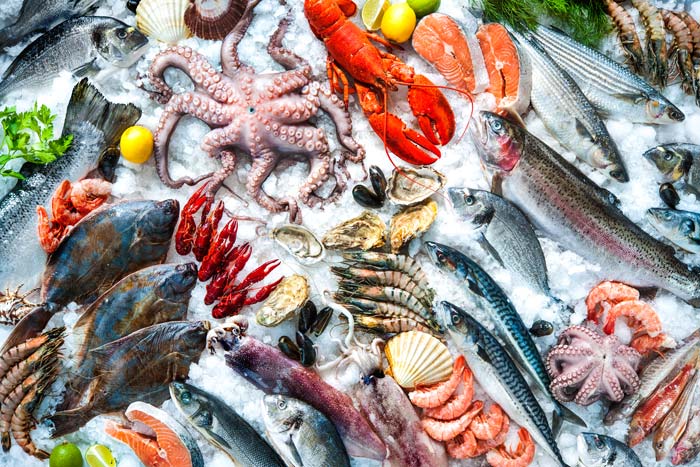
While storing your fish and other related products in a cold room, it is advisable to do the following;
● Wash the fish properly before you store in your blast freezer
● If the fish will be eaten soon, the right temperature to store your fish is 4.4°C (40°C)
● Place an absorbent under the fish to allow you clean drips easily
● If the fish is cooked, store in a covered plastic or stainless container
● Adding preservatives may not be necessary if you have a good cold room
● Don’t allow the cold room doors to be open for too long
● Remember to always remove the old products first before the new ones
● Don’t touch the food items with your bare hands to avoid contamination
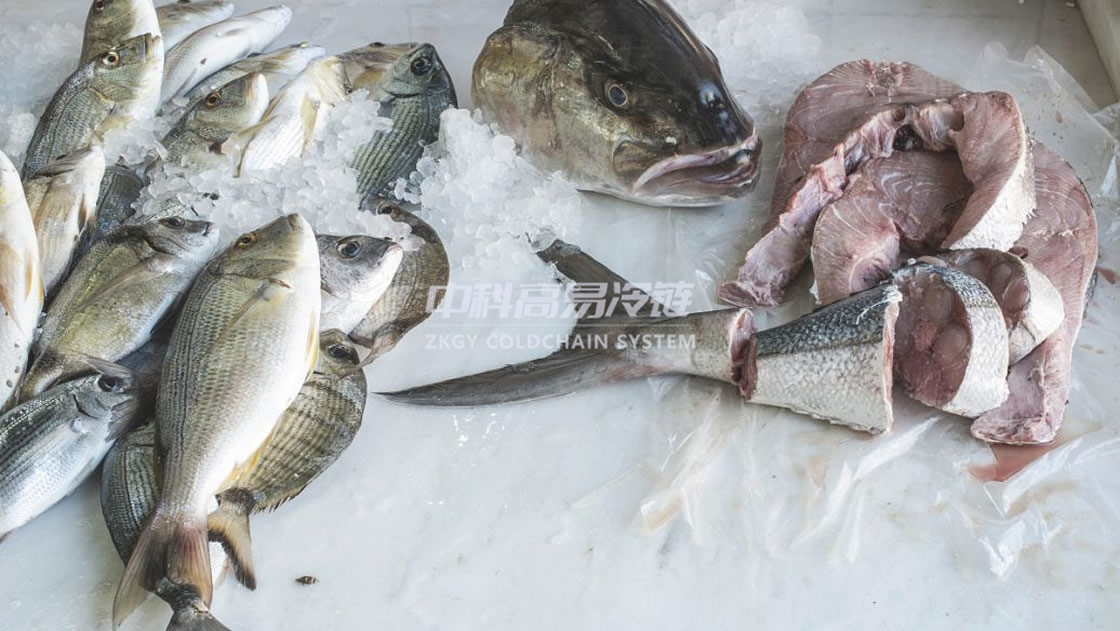
Our firm manufactures blast freezers that function at optimal capacity. Our team of experts design and build frozen fish storage warehouses of any size for our clients. We make use of modern innovations and the best system optimization to build our cold room systems. We use high-quality panels and compressor to manufacture and install our cold room.
● Fish processing plants: Cold rooms are used to store freshly caught or processed seafood products before they are shipped or sold to customers.
● Wholesale seafood markets: Cold rooms are used to store a variety of seafood products that are sold to restaurants and other food service establishments.
● Retail seafood stores: Cold rooms are used to store seafood products that are sold to consumers, such as fresh or frozen fish, shellfish, and other seafood products.
● Restaurants and other food service establishments: Cold rooms are used to store seafood products that are used in the preparation of meals.

The use of a seafood cold room helps to maintain the quality and freshness of seafood products, ensuring that they are safe and appealing to consumers. It is important to carefully control the temperature and humidity of the cold room to ensure the proper storage and preservation of the seafood products.
● Freezing period
● Defrosting time frame
● Period of storage
● Dehydration protection
● Timeframe for storing the products
● Energy consumption
You can contact us for the following services;
● Flake ice machines
● Refrigerators for spiral freezers
● The building of blast freezing tunnels
● Frozen stores

